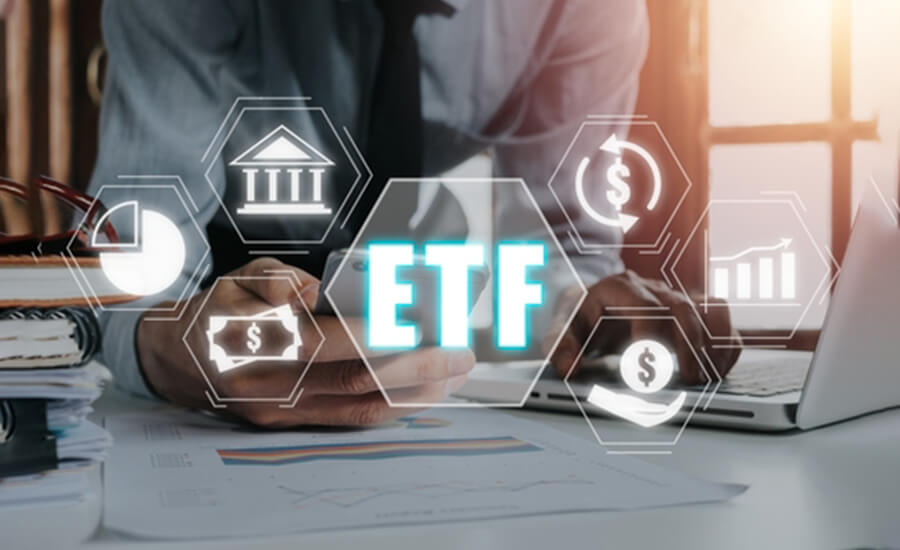Exchange-Traded Funds (ETFs) have become a popular investment vehicle due to their versatility, cost-effectiveness, and accessibility. ETFs can play a crucial role in creating and maintaining a balanced investment portfolio. This blog post will walk you through the process of using ETFs to balance your portfolio.
1. Understanding ETFs
An ETF is an investment fund traded on stock exchanges, similar to individual stocks. It’s designed to track the performance of a specific index, sector, commodity, or asset class. An ETF could comprise a broad range of assets, including stocks, bonds, or commodities. By investing in an ETF, you gain exposure to the performance of all assets within the fund, providing instant diversification.
2. Diversification With ETFs
One of the key benefits of ETFs is the ability to diversify your portfolio. Instead of purchasing individual stocks or bonds, which can be time-consuming and risky, you can invest in a broad swath of the market through a single ETF. For example, a Total Market ETF gives exposure to virtually the entire stock market, while a sector-specific ETF allows you to invest in a specific industry like technology or healthcare.
3. Asset Allocation and Rebalancing
Your asset allocation — the mix of stocks, bonds, and other asset classes in your portfolio — should align with your investment goals and risk tolerance. For example, a young investor with a high risk tolerance might opt for a portfolio heavily weighted in stock ETFs, while a risk-averse or older investor may prefer a larger allocation to bond ETFs.
Over time, your portfolio can become unbalanced as some assets outperform others. ETFs simplify the process of rebalancing, which involves realigning your portfolio back to its original asset allocation. You can easily adjust your exposure to different asset classes by buying or selling shares of relevant ETFs.
4. Using ETFs for Global Exposure
ETFs make it simple to invest in foreign markets, providing an effective way to diversify geographically. International ETFs track indexes associated with foreign economies. If you believe certain international markets will perform well or you want to hedge against potential domestic downturns, international ETFs could be a valuable addition to your portfolio.

5. Implementing ETFs Based on Investment Strategy
Whether you follow a growth-focused strategy, value investing, or income investing, there’s likely an ETF that aligns with your strategy. For instance, Dividend ETFs focus on companies with a strong history of paying dividends and can be an excellent option for income-focused investors.
6. Leveraging ETFs for Market Trends
ETFs can also help you capitalize on market trends. Thematic ETFs focus on specific investment themes or trends, such as clean energy or artificial intelligence. These ETFs can provide exposure to high-growth industries without the need to pick individual stocks.
Remember, while ETFs offer numerous benefits, they’re not without risks. The value of an ETF can go down as well as up, depending on the performance of the underlying assets. It’s also important to consider the expense ratio of the ETF, as high fees can erode your returns over time.
In conclusion, ETFs are a powerful tool for balancing your portfolio. They offer broad diversification, help in maintaining your desired asset allocation, provide international exposure, and align with various investment strategies. As always, make sure any investment aligns with your financial goals, risk tolerance, and investment horizon. A well-balanced portfolio using ETFs can be an effective way to achieve long-term financial success.

















